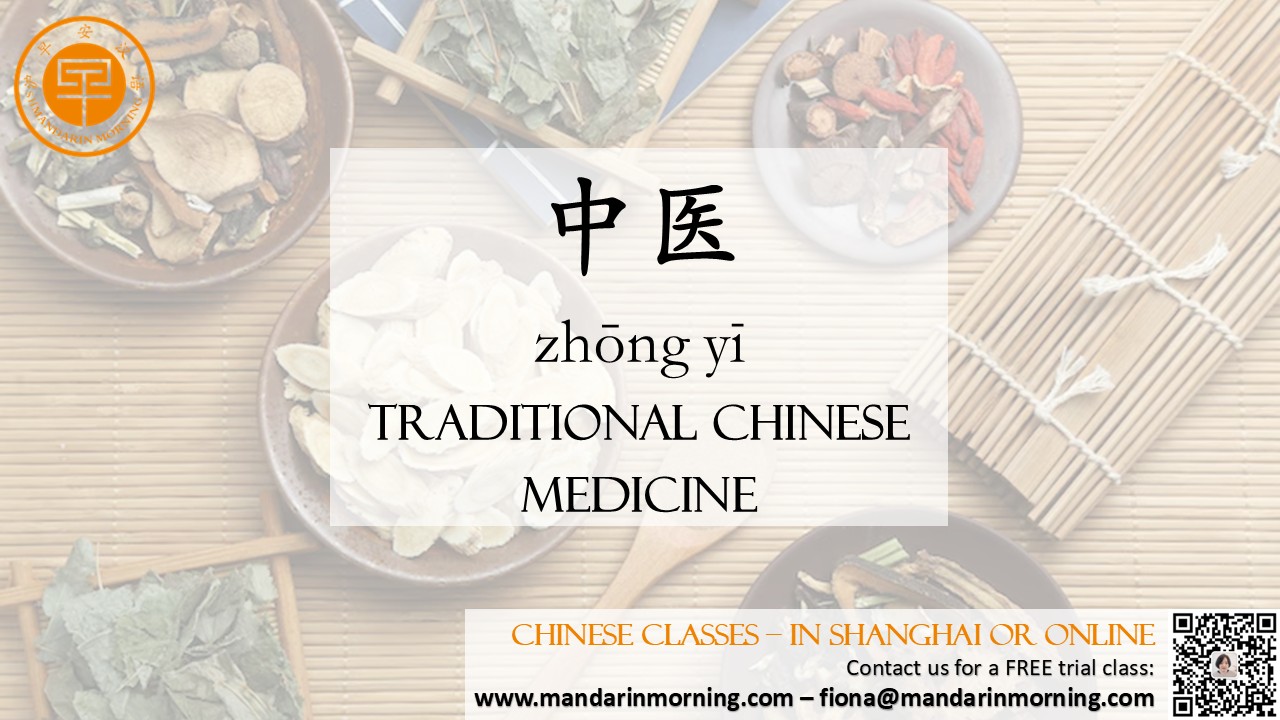Chinese culture is a treasure trove of wisdom and traditions that have stood the test of time, and one of the most fascinating aspects of this rich heritage is Traditional Chinese Medicine (TCM). With a history spanning over 3,000 years, TCM is not just a system of healing; it is a holistic approach to wellness that integrates the body, mind, and spirit. The Foundations of TCM At the heart of Traditional Chinese Medicine are the concepts of Yin (阴 yīn) and Yang (阳 yáng), which represent the dual forces that govern the universe. Yin and Yang are complementary opposites—Yin is associated with coolness, darkness, and rest, while Yang represents warmth, light, and activity. In TCM, health is achieved when these forces are in balance, and illness arises when this balance is disrupted. Another fundamental concept is Qi (气 qì), which refers to the vital energy that flows through the body. Qi travels along pathways known as meridians (经络 jīngluò), and TCM practitioners aim to regulate the flow of Qi to restore health and harmony. Key Practices in TCM Acupuncture (针灸 zhēnjiǔ) One of the most well-known practices in TCM is acupuncture. This technique involves inserting thin needles into specific points on the body to stimulate the flow of Qi. Acupuncture is used to treat a wide range of conditions, from chronic pain and migraines to digestive issues and emotional stress. The practice is based on the belief that by unblocking and balancing the flow of Qi, the body can heal itself. Herbal Medicine (中药 zhōngyào) Herbal medicine is another cornerstone of TCM. TCM practitioners use a vast array of herbs, roots, flowers, and minerals to create customized formulas that address specific health issues. These herbal remedies are tailored to each individual's unique constitution and symptoms. Unlike Western medicine, which often focuses on treating specific symptoms, TCM aims to restore overall balance and harmony in the body. Cupping (拔罐 báguàn) Cupping is a traditional therapy that involves placing cups on the skin to create suction. This technique is believed to help stimulate the flow of Qi and blood, remove toxins, and promote healing. Cupping is often used in conjunction with acupuncture and herbal medicine to enhance their effects. Moxibustion (艾灸 àijiǔ) Moxibustion involves burning a small amount of mugwort (艾草 àicǎo) or other herbs on or near the skin. The heat from the burning herbs is believed to stimulate the flow of Qi and warm the body, helping to relieve pain and improve overall health. The Role of Diet and Lifestyle In TCM, diet and lifestyle play a crucial role in maintaining health and preventing illness. Foods are classified according to their properties and effects on the body. For example, some foods are considered warming (温 wēn), while others are cooling (凉 liáng). TCM practitioners often recommend specific diets based on an individual's constitution and health needs. Lifestyle practices such as Tai Chi (太极拳 tàijíquán) and Qigong (气功 qìgōng) are also integral to TCM. These gentle exercises combine movement, breathing, and meditation to promote the flow of Qi and enhance overall well-being. |